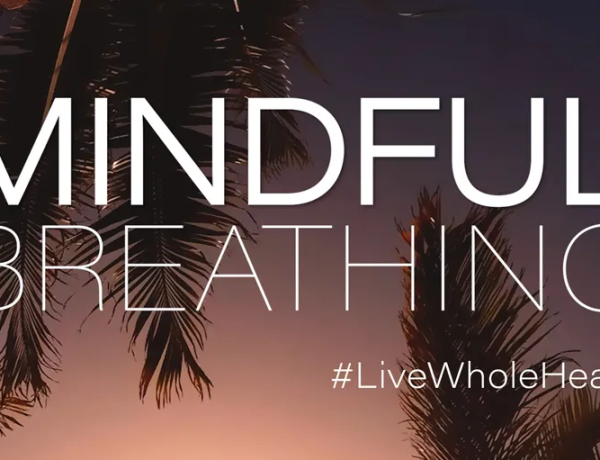Steps for deep breathing
Steps for Deep Breathing1
Be relaxed in a quiet, comfortable place with eyes closed.
Place one hand on the chest and the other on the stomach.
Take a slow, deep breath in through the nose for a count of between 5 and 10. The
hand on the stomach should move first and further than the one on the chest. This shows that the diaphragm is pulling air deep into the lungs.
Hold the breath for a count of between 5 and 10, but not so long to be uncomfortable.
Exhale slowly through the mouth for a count of between 5 and 10. Gently squeeze the stomach muscles to completely remove the air from the lungs.
Repeat this cycle four more times for a total of 5 deep breaths.
When not to do deep breathing
While generally helpful, deep breathing can worsen anxiety or hyperventilation in some cases, so it’s crucial to be mindful of certain situations and conditions where it might be counterproductive.
Here’s a breakdown of when deep breathing might be inadvisable:
- Anxiety or Panic Attacks:Deep, rapid breathing can exacerbate anxiety and lead to hyperventilation, causing dizziness, lightheadedness, and even fainting.
- Hyperventilation:If you’re already breathing rapidly and shallowly, taking deep breaths can worsen the situation by further reducing carbon dioxide levels in your blood.
- Certain Medical Conditions:People with respiratory issues (like asthma or COPD), cardiovascular problems, or recent injuries/surgeries should consult a healthcare professional before practicing deep breathing exercises.
- Medication:If you are taking any medication, it’s important to check with your doctor or pharmacist before starting any new breathing techniques, as some medications might interact with them.
- Severe Mental Illness:Individuals with severe mental illness or a history of seizures or aneurysms should also seek medical advice before engaging in deep breathing exercises.
- Respiratory Infections:If you have COVID-19 or another respiratory infection, only do breathing exercises when you’re alone, as deep, forceful breathing can release bacteria and viruses into the air.
- Diaphragmatic breathing:Diaphragmatic breathing is not always useful as a standalone treatment, and people should not rely on it alone to treat conditions such as anxiety, asthma, or COPD.
- What is diaphragmatic breathing? Benefits and how-toRisks. Diaphragmatic breathing is not always useful as a standalone treatment. People should not rely on diaphragmatic breathing a…
Medical News Today
- Why breathing techniques are not always helpful for anxietyHave you noticed that deep breathing can make you feel more anxious, dizzy and lightheaded? One of the many components of being an…
Psychologist Melbourne I Melbourne Clinical & Child …
- Do Not Take a Deep Breath – Psychology Today23 Dec 2019 — Hemoglobin releases oxygen in accordance with your body’s metabolic needs. When you are more active, your metabolism in…
Psychology Today
- Show all
This is for informational purposes only. For medical advice or diagnosis, consult a professional. Generative AI is experimental.
Deep breathing (like other forms of breathing exercises2) can help calm you down and reduce stress. Deep breathing can help reduce and manage aches and pains for some people.3.
You can try this simple deep breathing app from Small Steps4 or the deep breathing meditation by Helpguide 5shared below.
Sources
- https://paautism.org/resource/be-well-anxiety-autism/ ↩︎
- https://www.va.gov/WHOLEHEALTH/Veteran-Handouts/docs/BreathingAndHealth-508Final-9-4-2018.pdf ↩︎
- https://www.painscale.com/article/deep-breathing-techniques-to-help-manage-chronic-pain ↩︎
- https://www.smallsteps.org.nz/app/deep-breathing ↩︎
- https://www.helpguide.org/mental-health/meditation/deep-breathing-meditation ↩︎

